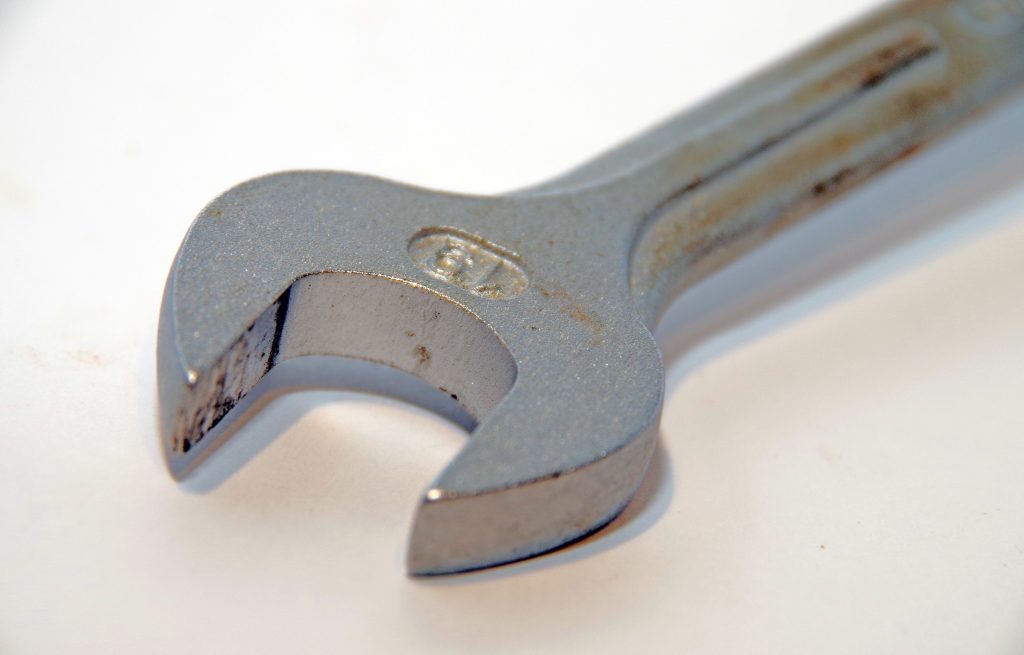Hey there, curious minds! Are you diving into the world of precision fastening for your automobile? If you’ve heard whispers about angle wrenches, you’re in for a treat. This tool is your ticket to perfectly tightened screws and nuts in your vehicle. In this guide, we’re diving into all the ins and outs of the angle wrench – your trusted ally for accurate tightening. Ready to discover the magic behind this tool? Let’s roll!
Decoding the Angle Wrench’s Magic
The Purpose Behind the Angle Wrench
Let’s kick things off by unravelling the mystery behind the angle wrench. Imagine this: screws and nuts in your car need the perfect amount of tightening – not too tight, not too loose. This is where the angle wrench comes to the rescue. It’s a metrology instrument that ensures your screws and nuts are secured just right. But why is this precision important?
Why Precision Matters
When it comes to tightening, not all screws are created equal. Various factors like screw diameter, material quality, and the type of component being fastened play a role in the tightening intensity. A one-size-fits-all approach just won’t cut it. That’s where the angle wrench steps in, working alongside its trusty partner – the torque wrench.
Let’s Dive Deeper: How It Works
The angle wrench is your secret weapon for measuring the angle of rotation during tightening. Imagine it as a dynamic duo – one component consists of a graduated disc with degrees, while the other part is a movable cursor with a magnet at its end. Here’s how it plays out:
- Place the wrench on the element to be tightened.
- Attach the flexible hose to a fixed metal part using the magnet.
- Calibrate the cursor to 0° on the graduated disc.
- Start tightening, and watch the graduated disc rotate.
- Stop when the manufacturer’s recommended degree value aligns with the fixed cursor.
Angle Wrench vs. Torque Wrench: The Showdown
Let’s unravel another mystery: the difference between the angle wrench and its cousin, the torque wrench. Think of the torque wrench as the strength measurer, focusing on tightening torque in N.m. (newtons.meter). It gauges the force applied during tightening.
On the flip side, the angle wrench takes a different approach. It doesn’t care about the force – it’s all about the angle of rotation. Threads, clogs, and seizure create opposing forces that can throw off torque readings. The angle wrench swoops in to save the day by considering the angle of tightening, ensuring accuracy despite these opposing forces.
Mastering the Art of Tightening

Let’s Talk Numbers: Finding Your Angle Wrench
Now that you’re intrigued by the angle wrench’s magic, let’s talk options. You’ll find angle wrenches in automotive tool stores and online, catering to a wide range of budgets:
- Low-end picks start at around $20 – perfect for those dipping their toes.
- Quality tools can be snagged for around $160 – a reliable choice for precision.
- If you’re all about the digital display, be prepared to invest $180 or more.
Choosing Your Sidekick
So, which tool should you pick – angle wrench or torque wrench? It all depends on your tightening needs. Are you aiming for precision without worrying about opposing forces? The angle wrench has your back. Need to measure the force applied while tightening? The torque wrench is your ally.
When in Doubt, Consult the Pros
Still not sure which path to take? Don’t fret! If you’re looking to master precision tightening, consulting HVAC professionals or experts in the field is your golden ticket. They’ll guide you through the pros and cons of each tool, ensuring you make the right call for your tightening adventures.
Time to Level Up Your Tightening Game
There you have it – your crash course in angle wrenches, torque wrenches, and all things precision tightening. Whether you’re a car enthusiast or simply want to ensure your vehicle’s screws and nuts are snug as a bug, this guide has your back. So, go ahead and embrace the magic of the angle wrench – your key to impeccable fastening. Get ready to tighten like a pro!




